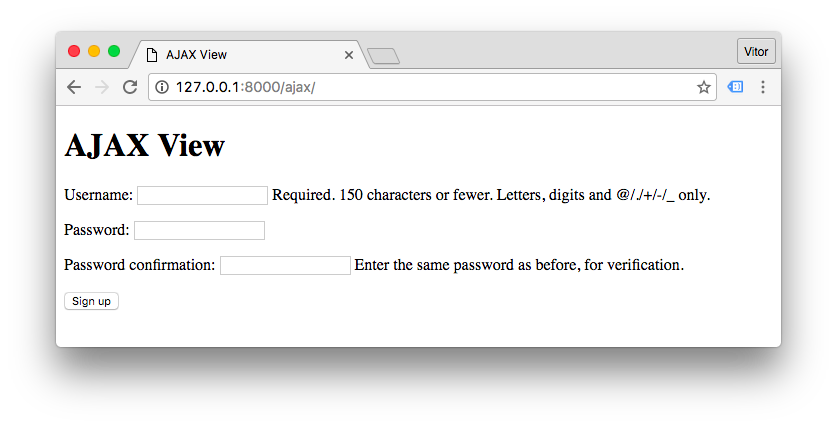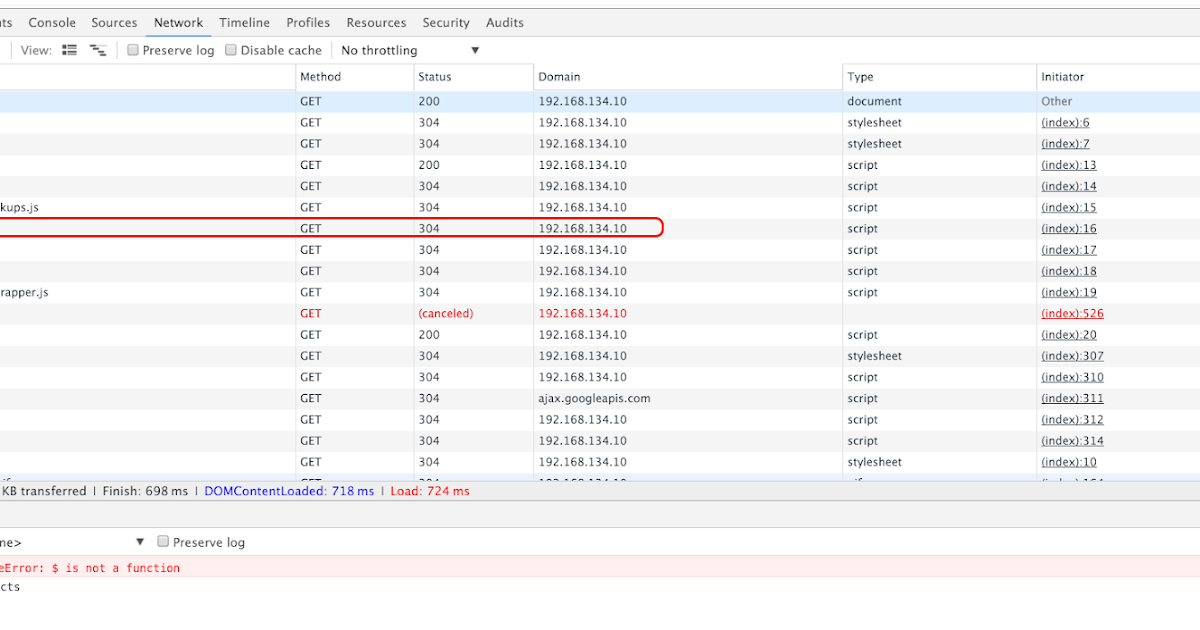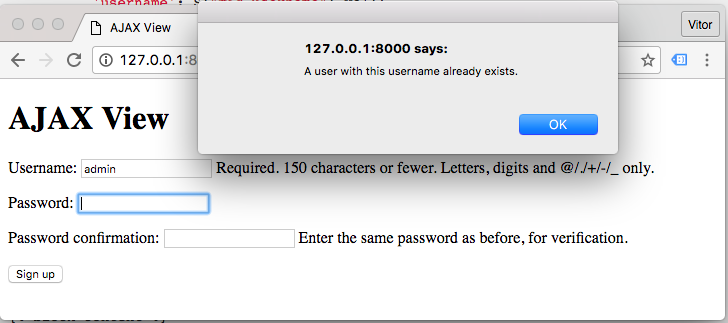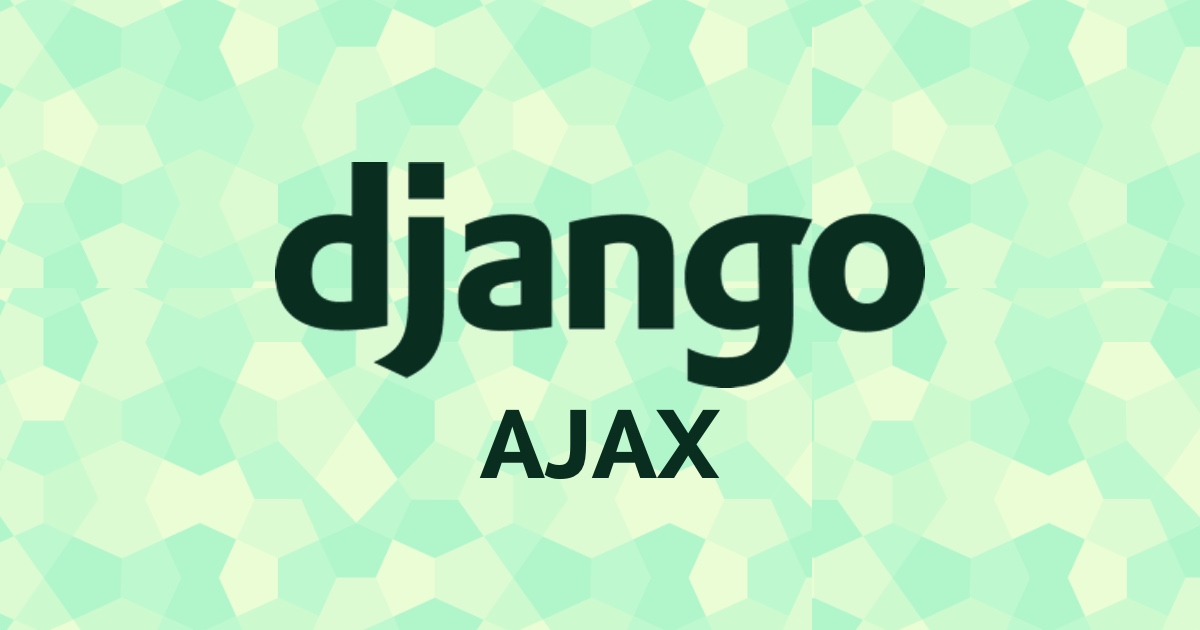Ajax Is Not A Function Django

Each view is responsible for returning an httpresponse object.
Ajax is not a function django. The concept is simple. If not or if you are new to django please follow the django documentation for initial setup. Ajax asyncroneous javascript and xml is a great way of updating client content without the need to reload the whole webpage. Viewed 822 times 1.
From django contrib auth forms import usercreationform from django views generic edit import createview class signupview createview. Ajax is not a function in django. The javascript code will generate an xhr object and is sent as a request object to the server. Then django loads the appropriate view passing the httprequest as the first argument to the view function.
You want just to do a simple check if the username is already taken or not. How ajax works in django. Ajax calls in django 2 2 may 12 2019 introduction. We can make ajax.
Then you probably know that you can create views by function and by class. Ajax or asynchronous javascript and xml is a set of web development techniques using web technologies on the client side to create asynchronous web requests. Here is the code base html. I am assuming that you already know how to do django setup.
This means that updating parts of a web page is possible without reloading the whole page. There is other reason why this is not working but i am feeling difficult to figure out the issue. Template name core signup html form class usercreationform. Ajax is nothing but a combination of javascript and xhr object.
Add a like button to let registered users like a particular category. There is other reason why this is not working but i am feeling difficult to figure out the issue. Ajax django and jquery to make the interaction with the rango application more seamless let s add in a number of features that use ajax such as. Here is the.
As of now the data is going to the back end and the comment object is being created. In the code below i am using onclick i know it may not be the best practice but for my particular situation i think it works best to activate an ajax call to dynamically update the content on my django template. Javascript code on the client side browser makes a request when an event occurs on the web page. Such related question i have seen so many but none solved my problem.
When working with django the front end code is rendered form the backend as a part of template generation. In simpler words ajax allows web pages to be updated asynchronously by exchanging data with a web server behind the scenes. Ajax stands for asynchronous javascript and xml. So is any javascript code.
When a page is requested django creates an httprequest object that contains metadata about the request. Django uses request and response objects to pass state through the system.


















